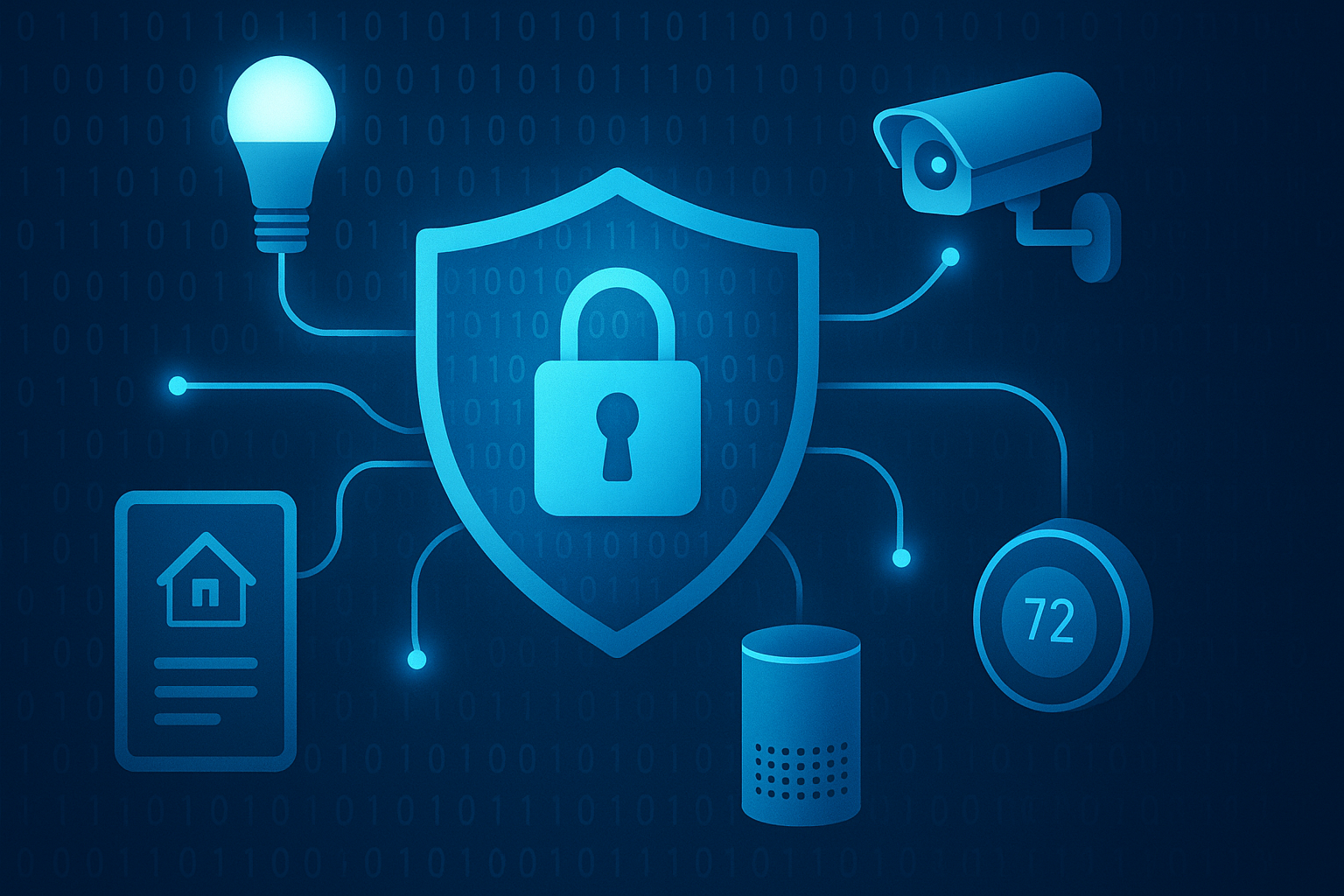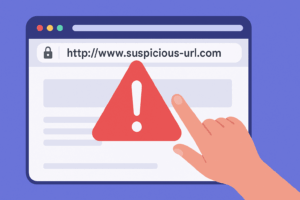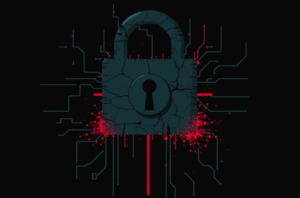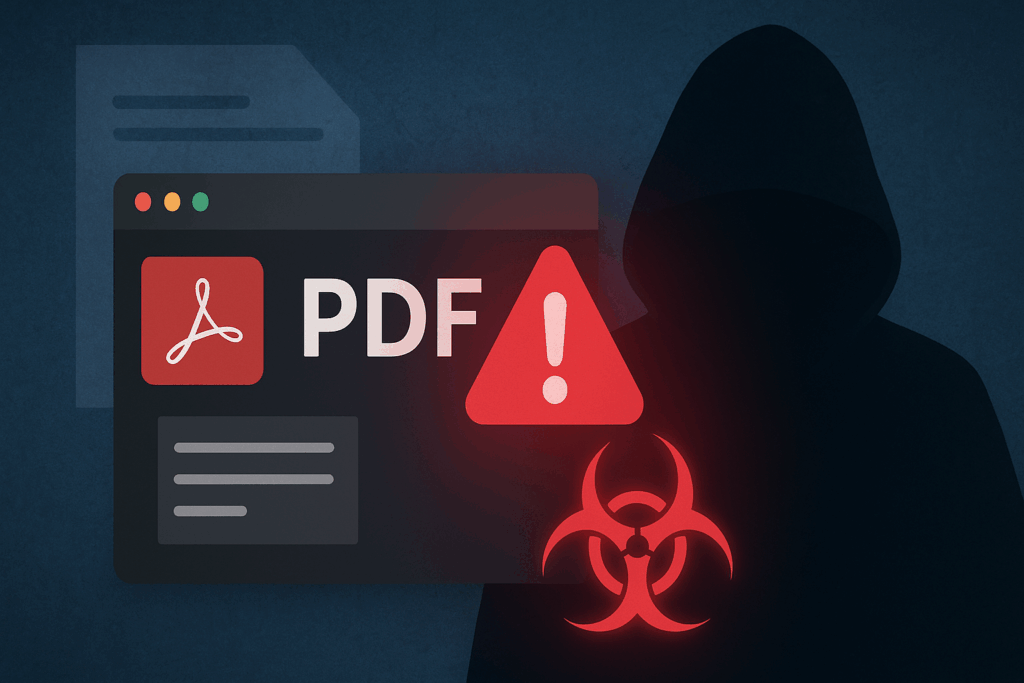From smart thermostats like the Google Nest, to voice assistants such as Amazon Echo, smart plugs, baby monitors, and even Wi-Fi-enabled light bulbs — smart devices are now part of everyday life. But each connected device can also be a potential vulnerability if not properly secured.
Why Is IoT Security Crucial?
IoT devices are often designed for convenience, not cybersecurity. For example:
- Smart cameras can be hijacked to spy on your home.
- Smart locks could be exploited to unlock your doors.
- Smart TVs may collect data about your viewing habits or even be accessed remotely if unsecured.
In 2025, with billions of smart devices online, securing your home network and IoT devices is no longer optional—it’s a necessity.
How to Secure Your IoT Devices
-
Change Default Passwords Immediately
Devices like the TP-Link Smart Plug or D-Link smart cameras (not only these, but most of the products) often ship with default login credentials. These are publicly known and often targeted by hackers. Always change them to strong, unique passwords. But how to create strong, unbreakable passwords and store them safely so you don’t have to remember them? Read our article about password managers. -
Regularly Update Firmware
Smart devices like the Philips Hue Bridge or Netatmo Weather Station receive firmware updates to patch vulnerabilities. Turn on automatic updates, or set a reminder to check manually every month. -
Create a Separate IoT Network
Modern routers allow you to create a guest or IoT-specific network. This ensures your main devices (like phones and laptops) are isolated from smart gadgets, reducing risk in case of a breach. Smart devices like plugs, cameras, light bulbs, TVs, and thermostats are often less secure than your laptop or phone. If a hacker breaks into one of your IoT devices, they could potentially move laterally through your home network — accessing your personal files, emails, or even banking data. By isolating IoT devices on their own network, you create a digital barrier. -
Disable Unused Features
Many devices come with unused features enabled by default. For example:-
Turn off remote access on your smart refrigerator if you never use it.
-
Disable the camera on your Echo Show if it’s not needed.
-
-
Enable Two-Factor Authentication (2FA)
Apps connected to devices like the Ring Video Doorbell or Wyze Cam often offer 2FA. Enable it to add an extra layer of protection beyond just a password. -
Monitor Network Traffic
Most modern routers (like Netgear, TP-Link, Asus, etc.) come with basic traffic monitoring tools. Unexpected devices or data spikes can indicate malicious activity.
Summary
The smart home revolution is here—but security must come first. Far too many users plug in a device and never think about what it could expose. Hackers don’t care whether it’s your thermostat or your smart fridge—they care that it’s connected, vulnerable, and often unprotected.
The good news? You don’t need to be a tech expert to stay secure.
By changing default settings, keeping your devices up to date, and using network segmentation —you can significantly reduce the risk of cyber intrusions and enjoy the benefits of your connected home with peace of mind. Make security part of your setup routine, not an afterthought. With a little awareness and a few proactive choices, your smart home can be both intelligent and secure.







